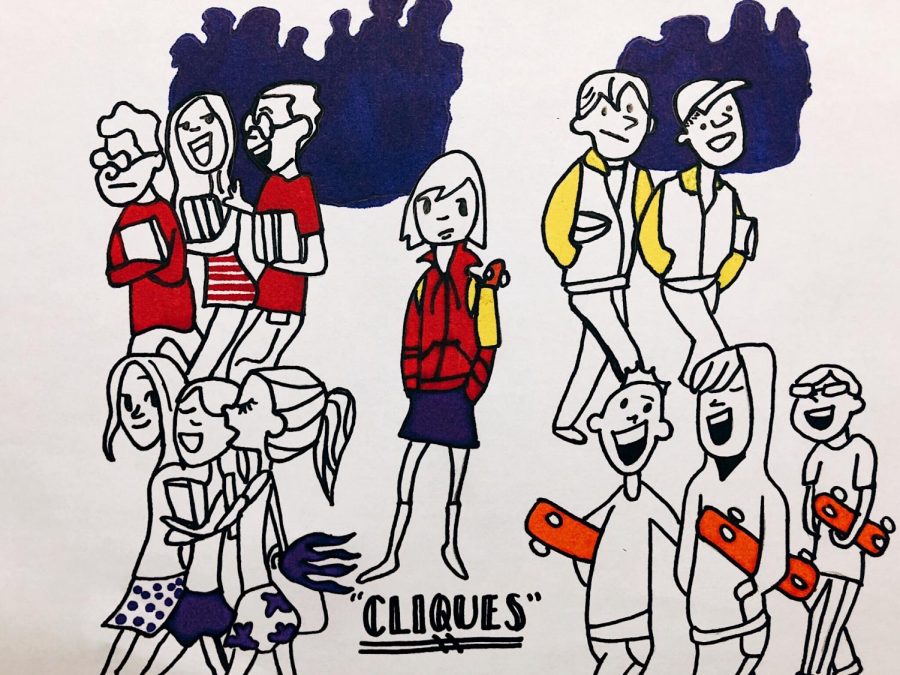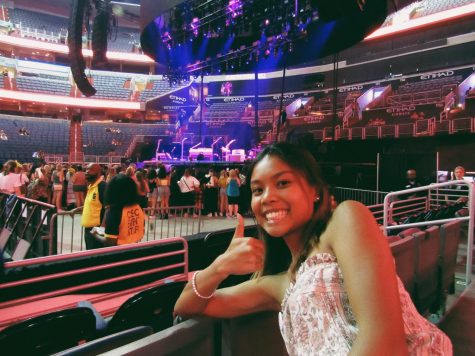Cliques: the good and the bad
People crave a sense of belonging
Cliques “cartoon” drawing.
August 13, 2018
The “popular,” the “socially awkward,” and the “jocks” all have their place in the world.
Whether it be in books, movies, or everyday life, cliques are inevitable.
Not all cliques have bad connotations. Sports teams as well as school clubs and organizations offer the chance to meet new people with similar interests. Kids can find other friend groups outside of school too. For instance, Young Life is an organization where anyone is welcome — to grow their faith and build new friendships.
“At Young Life you meet so many different people from different walks of life, and you bond on a deeper level by exploring your faith together,” said junior Kianna Butts.
As people get older and realize who they want to identify with, they gradually become disconnected from previous friends or friend groups. While being apart of a clique may seem like a nice way to keep friends close, it may also be a one-way ticket to drama and plenty of it.
Cliques can be compared to riding a rollercoaster. At first, the upward climb offers fun and positive anticipation, until the highest point is reached. Once past that peak, the only way to go is down. For some, it is a pleasant ride, but for others, it may be uncomfortable and disappointing. For example, one person might start to distance from the group, leaving behind broken friendships, unanswered questions, and blooming rumors.
What individuals in cliques don’t realize are the numerous opportunities for friendship they could find with those outside of those cliques. Being together with the same people can limit one’s perspective.
Opportunities to mingle and expand the sphere of friendships present themselves each day, and with new student orientation on the horizon, maybe it’s time to open up friend groups and give others a chance. Instead of judging others based on looks or viewpoints, focus on personality. Find a new friend who defies the limits of cliques.


